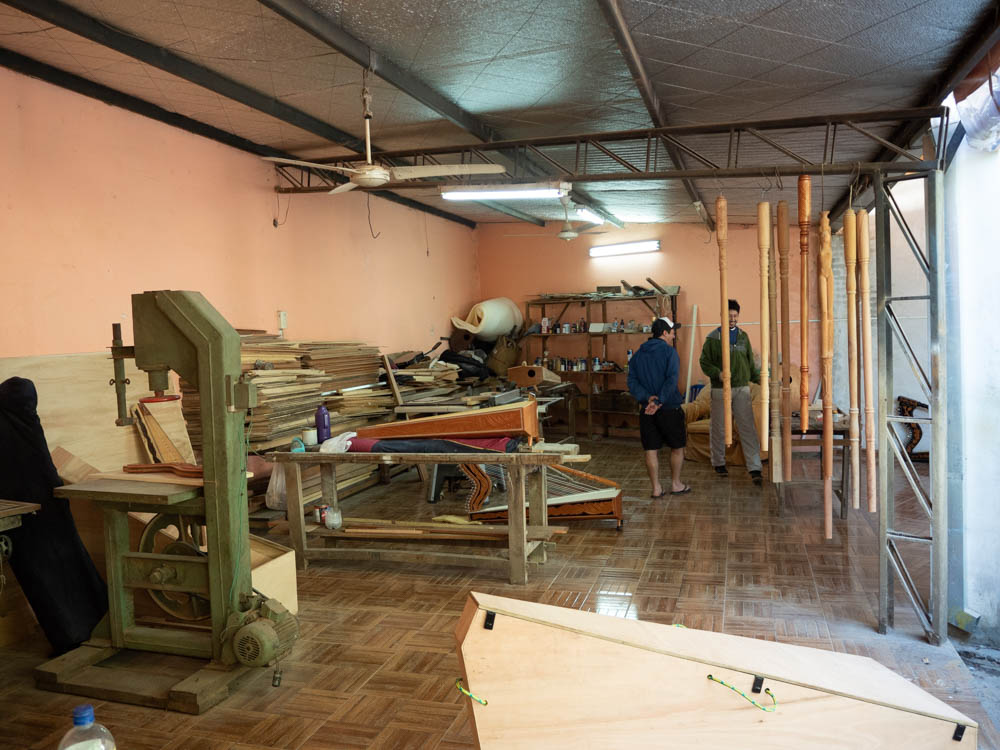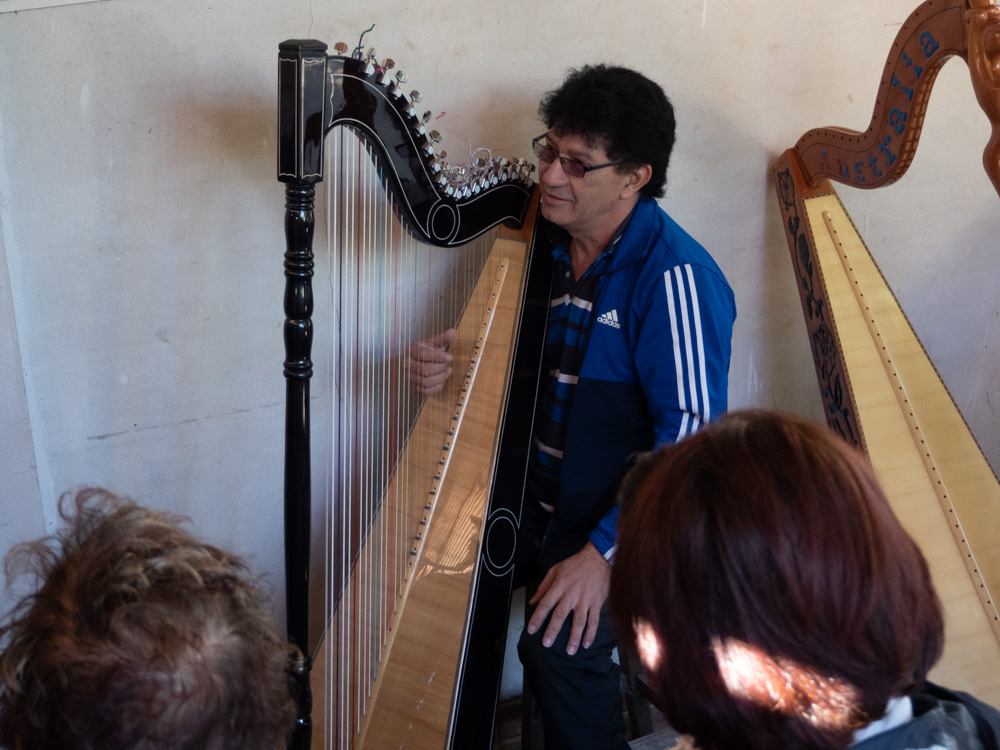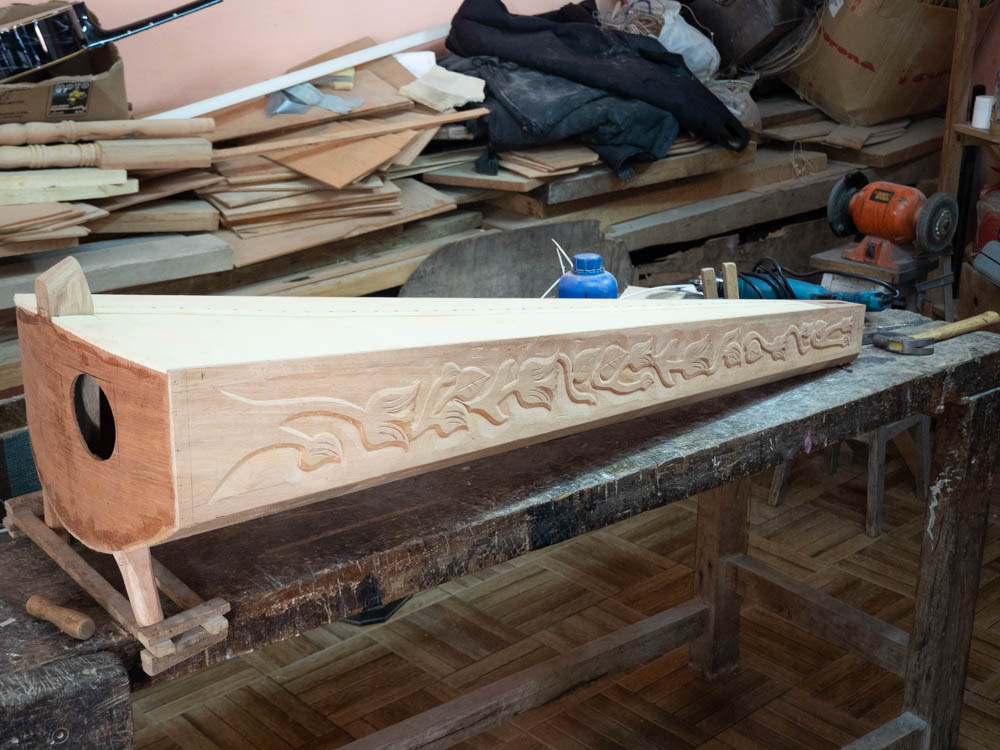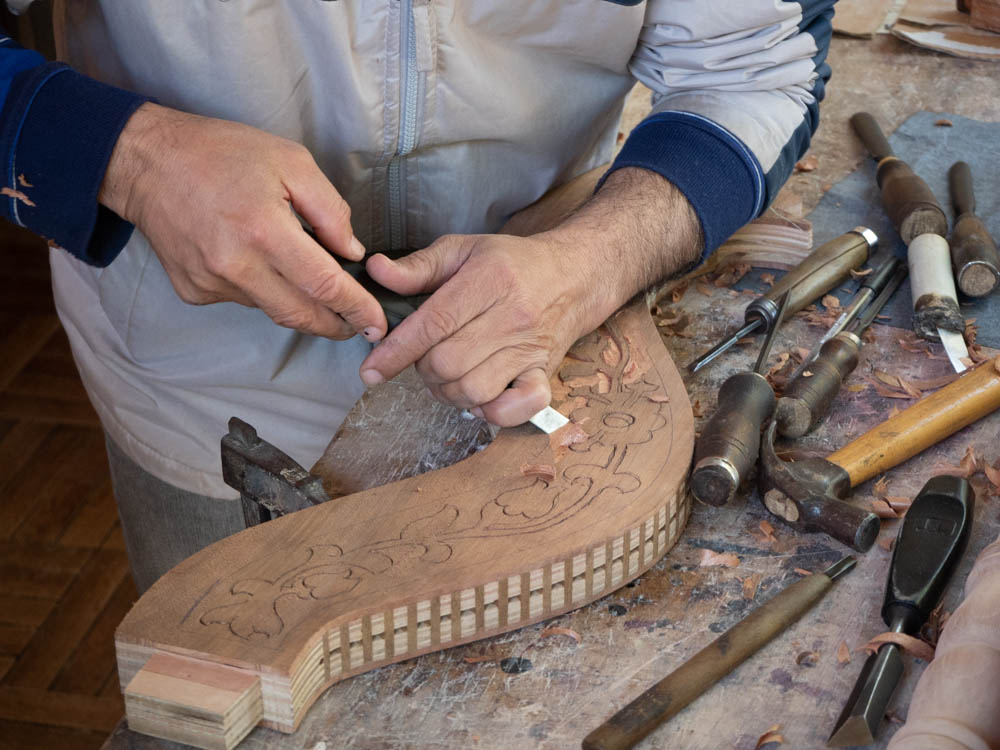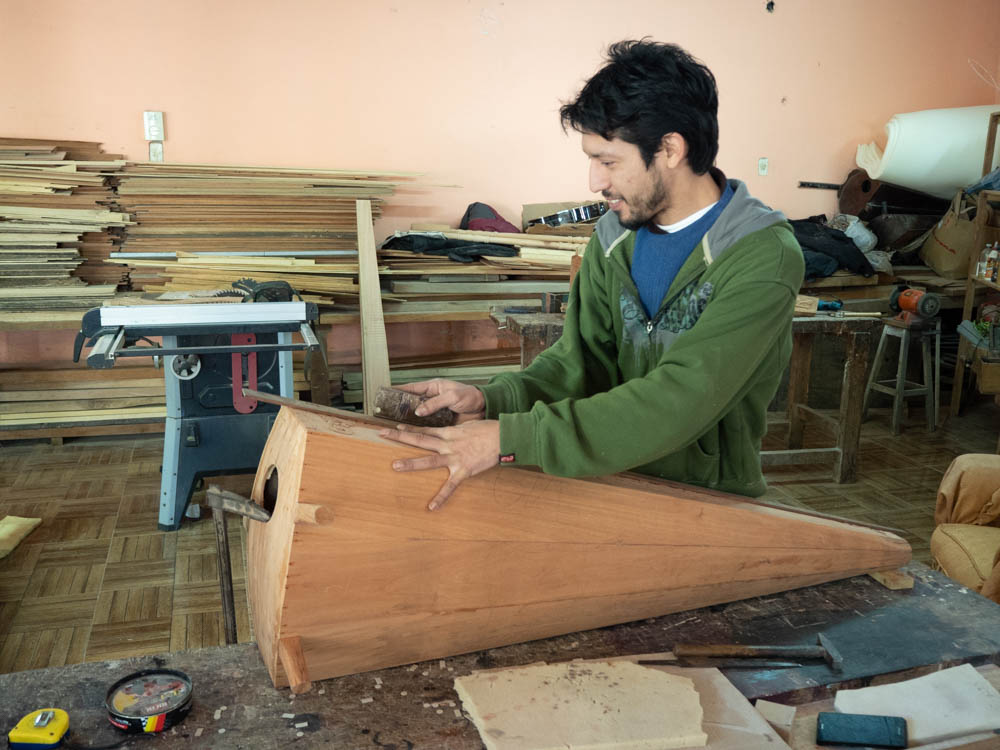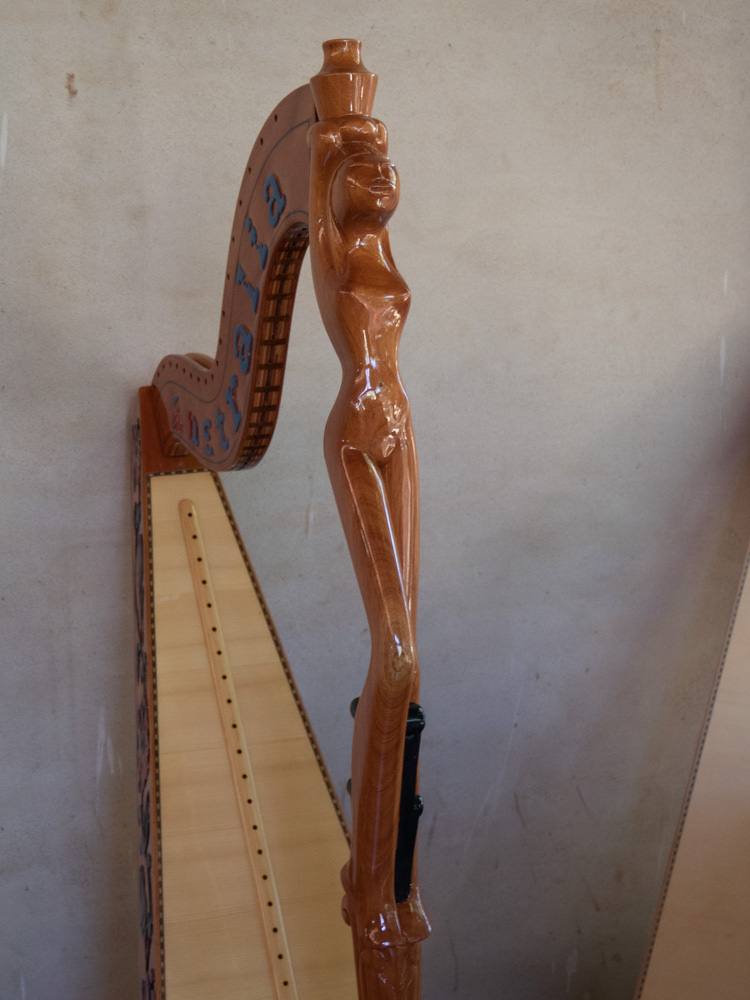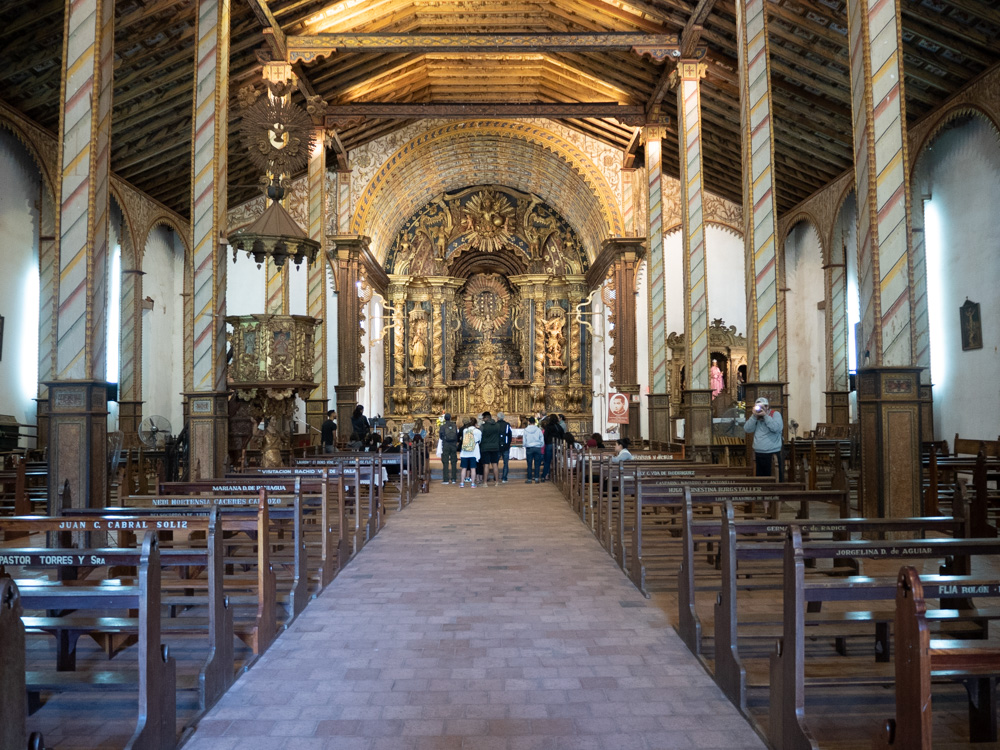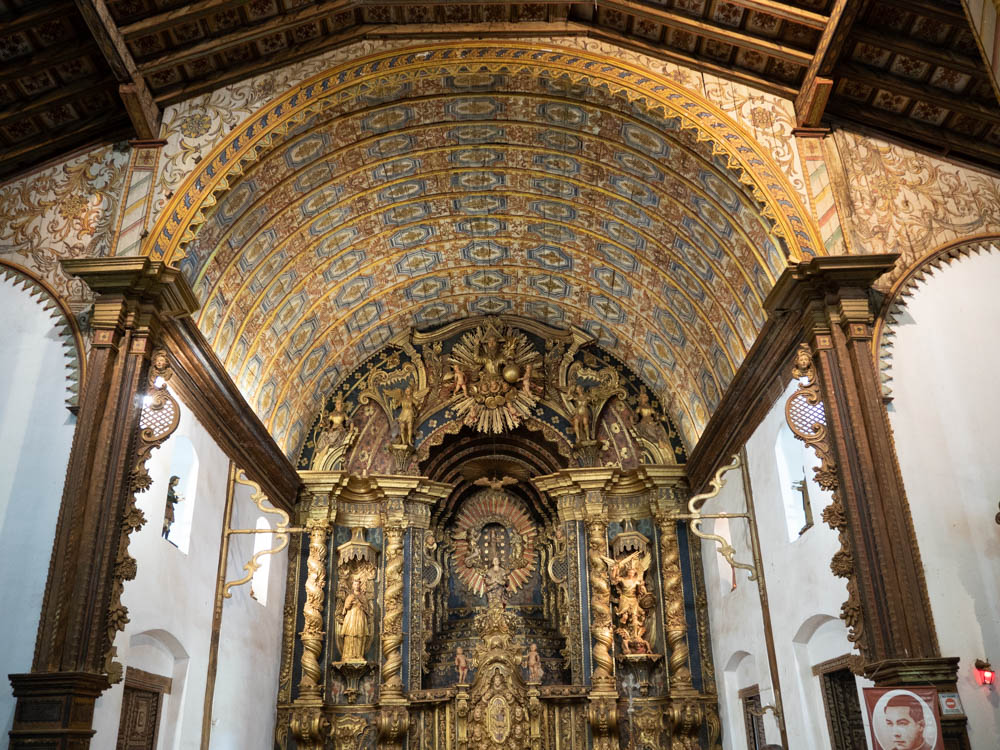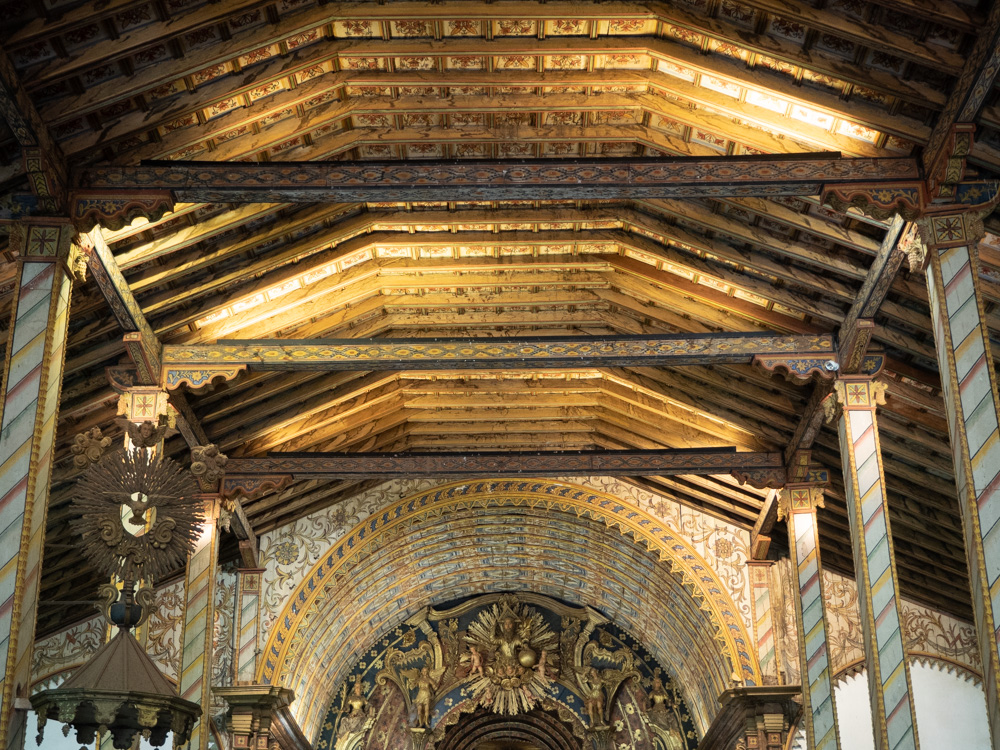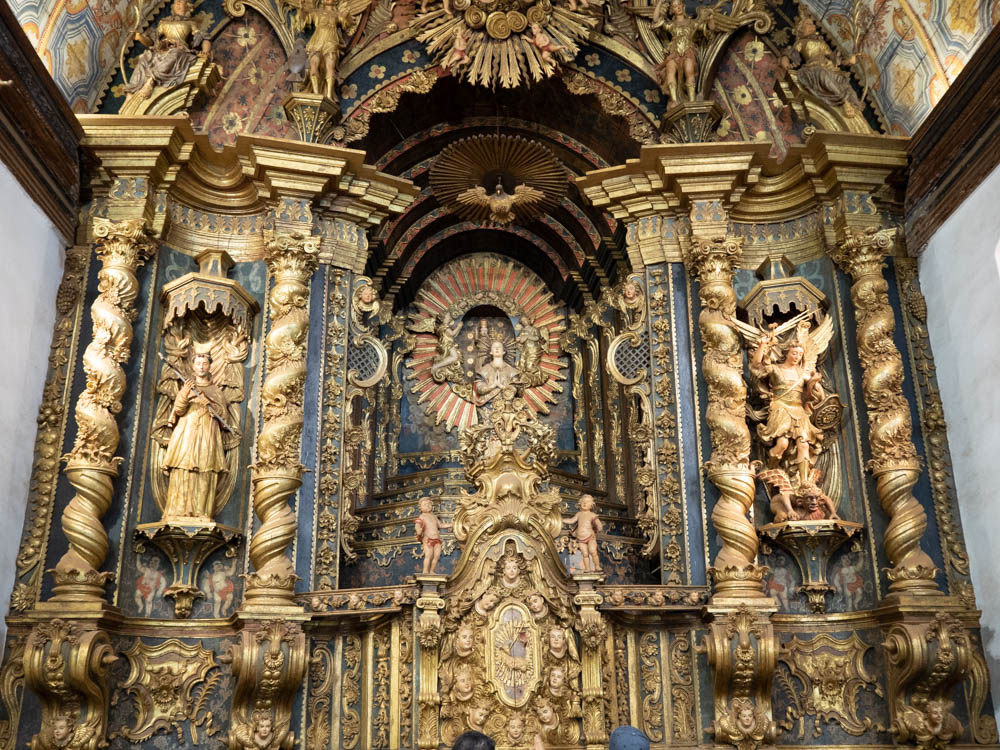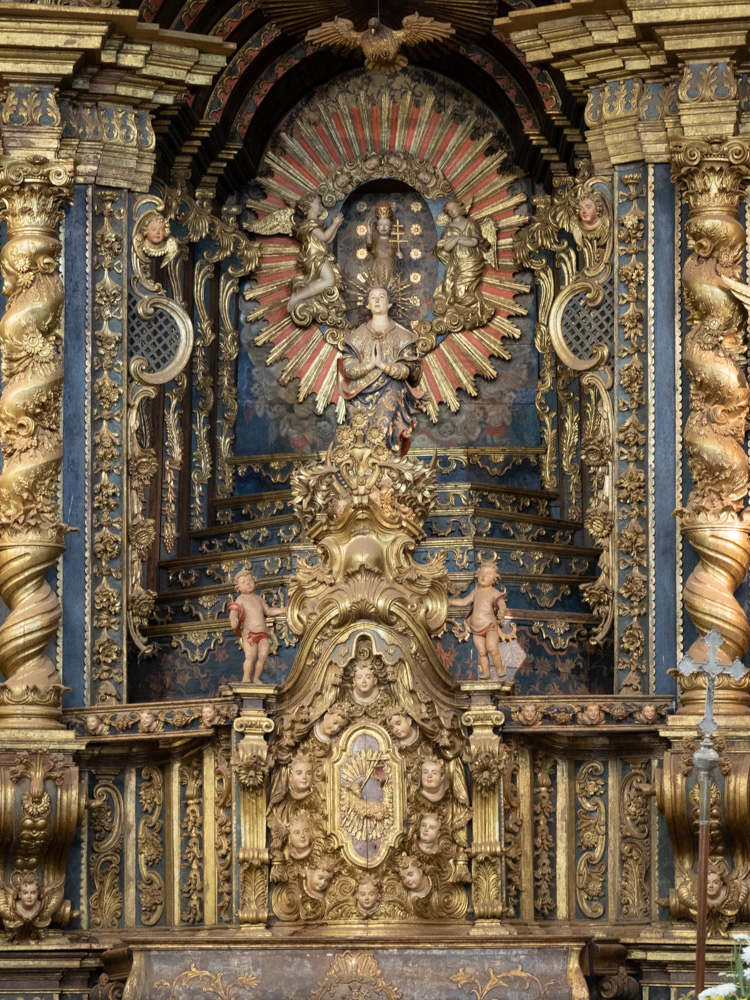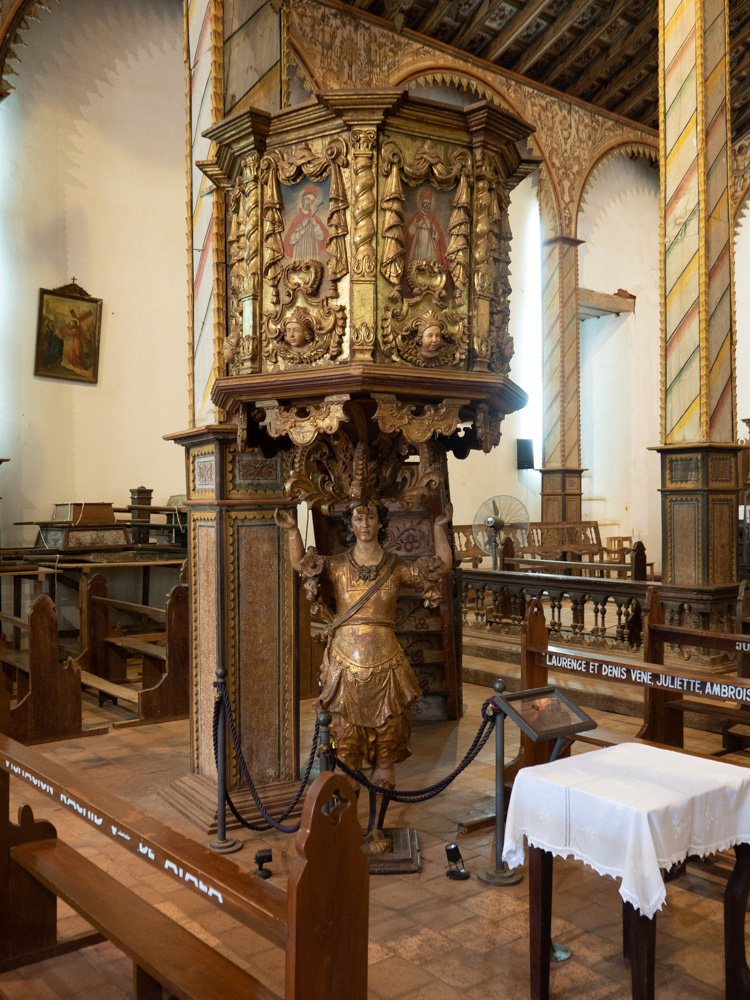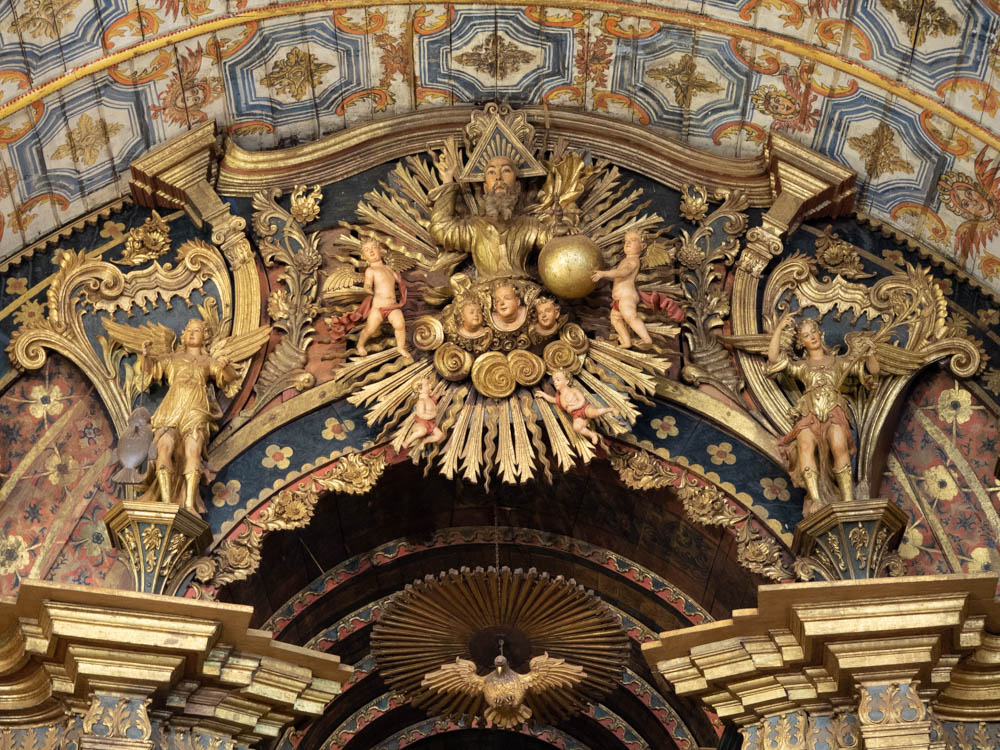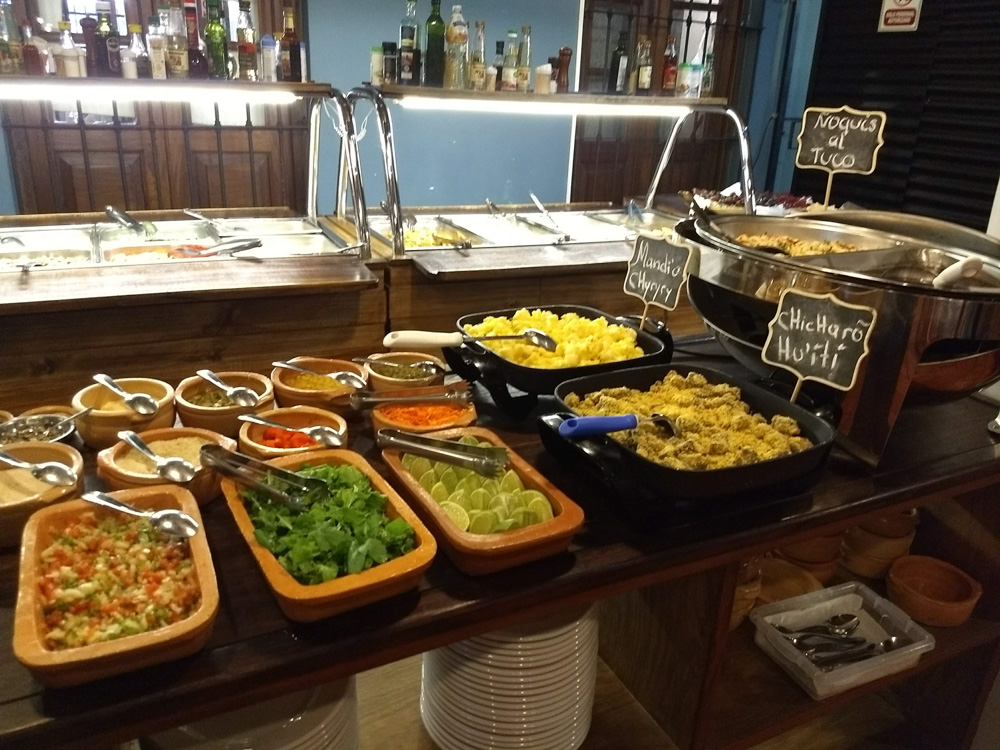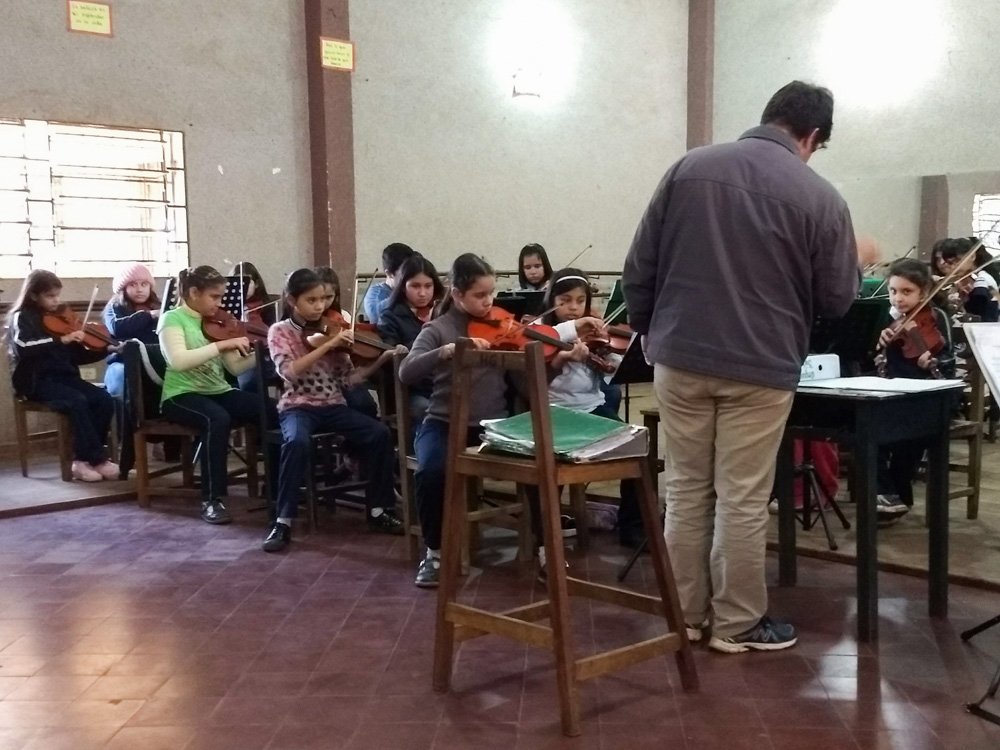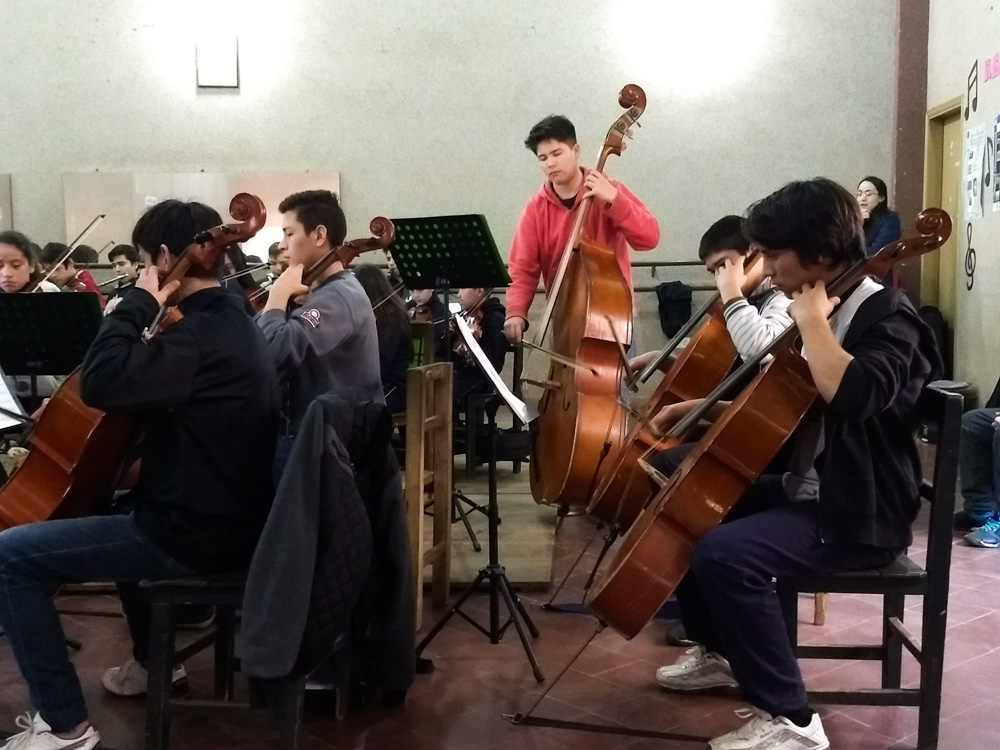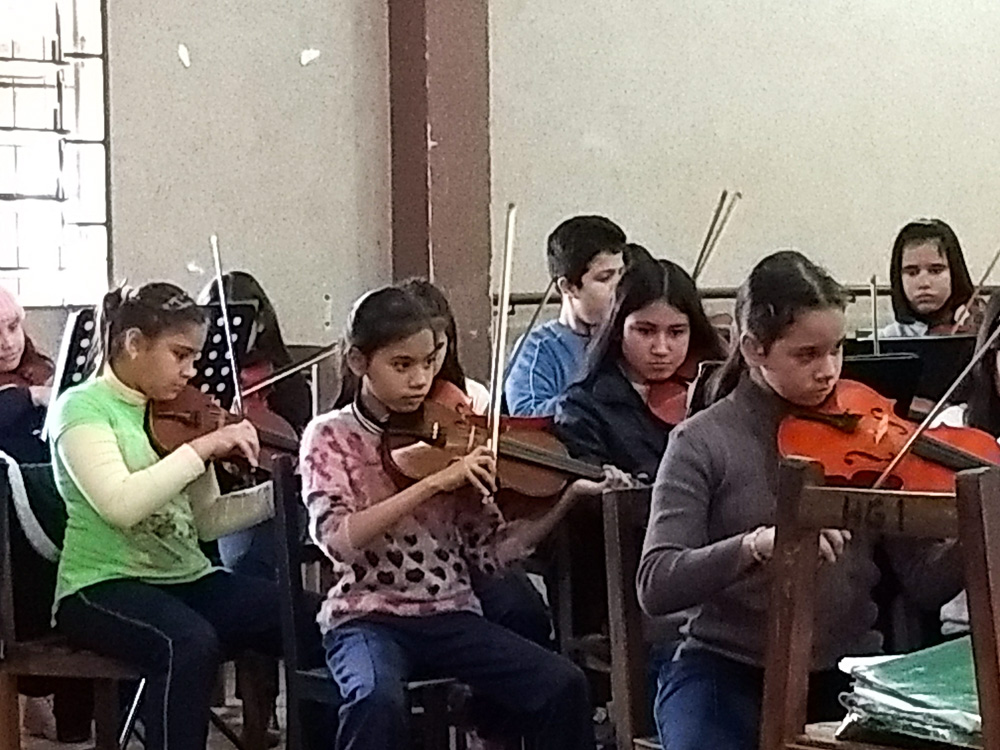Tuesday was an exciting day.
The first stop was a harp makers workshop. The harp is the national instrument of Paraguay and the harps handcrafted in Paraguay sell all over the world. It is a huge point of pride for the country.
Not surprisingly, the harp maker was not there when we arrived and had to be called in by his team. It took some convincing, but Tracy was able to get one of his assistants to answer some questions about the process of creating the harps. All of the harps are handcrafted by a small team of artisans. Even the detailed designs carved into the instruments are all done by hand.
The shop is unassuming as was the owner. Once he arrived it was clear he was nervous about talking with a large group. He makes instruments that are recognized the world over, and it was clear he loves his work, but talking about it was another matter. As he talked he fidgeted with one of the harps, constantly tuning it. He ultimately played some short tunes for the group to demonstrated different styles of music, and then turned to answering questions.
Next we visited the Iglesia de San Buenaventura church in the town of Yaguaron, which was officially founded in 1585 as a Franciscan Mission. The church is very unassuming on the outside, but holds surprises on the inside as you can see from the pictures. It is considered one of the most beautiful and valuable examples of Franciscan construction and art in Paraguay.
After visiting the church we stopped for a buffet of traditional Paraguayan food, including multiple types of meat from a traditional BBQ. Yum! When we were done stuffing our faces, we moved onto a town called Ita, which means “stone” in Guarani, the native language of Paraguay. Here the group visited the first primary school in Paraguay with an emphasis in music. The students attend classes in traditional topics, but are also required to learn an instrument and participate in an orchestra. Instruments are very expensive so the school relies on donations to fund both the music program and expenses in general, include salaries. The entry level, advanced level, and mixed orchestras performed a number of pieces, mostly classical. It was amazing and very emotional. The amount of passion from both the teachers and students was heartwarming, not to mention a reminder of what people can do with little resources when they are engaged.
Herminio Jimenez School of Music
Finally, the group was off to the home of Julia Isidrez, a ceramic artist that has won numerous national and international awards for her work. She has a very unique style that has been developed over multiple generations, and as we learned later is at least somewhat based on work from ancient civilizations, such as the Inca. The group participated in a workshop where they were able to work with Julia and her team to create their own ceramic masterpieces.
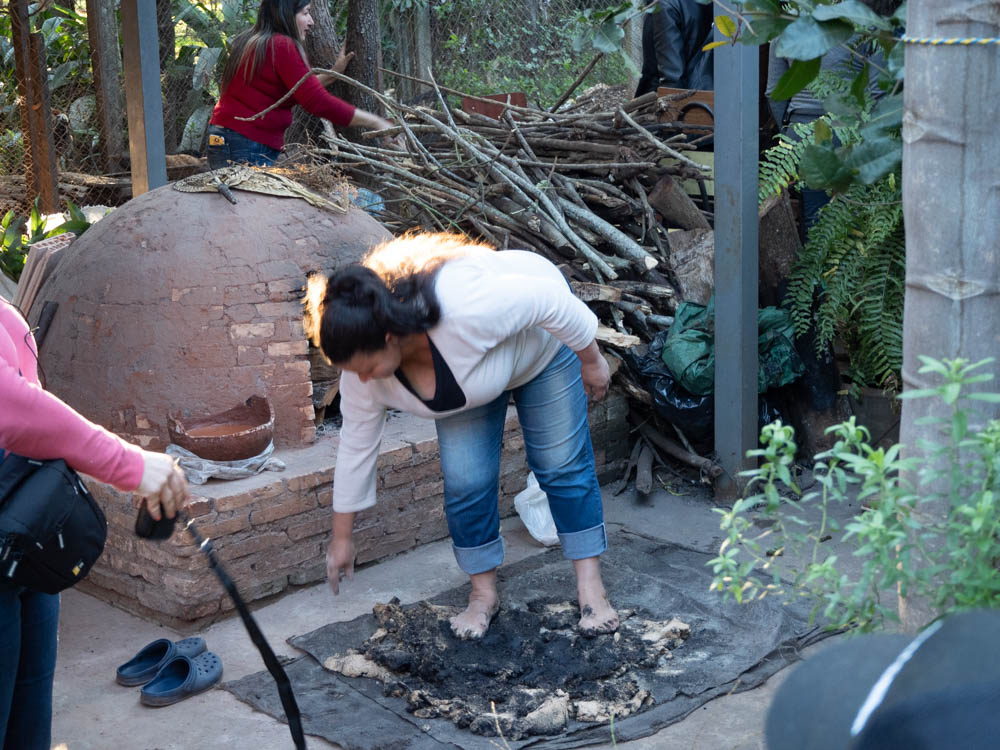
Prepping the clay 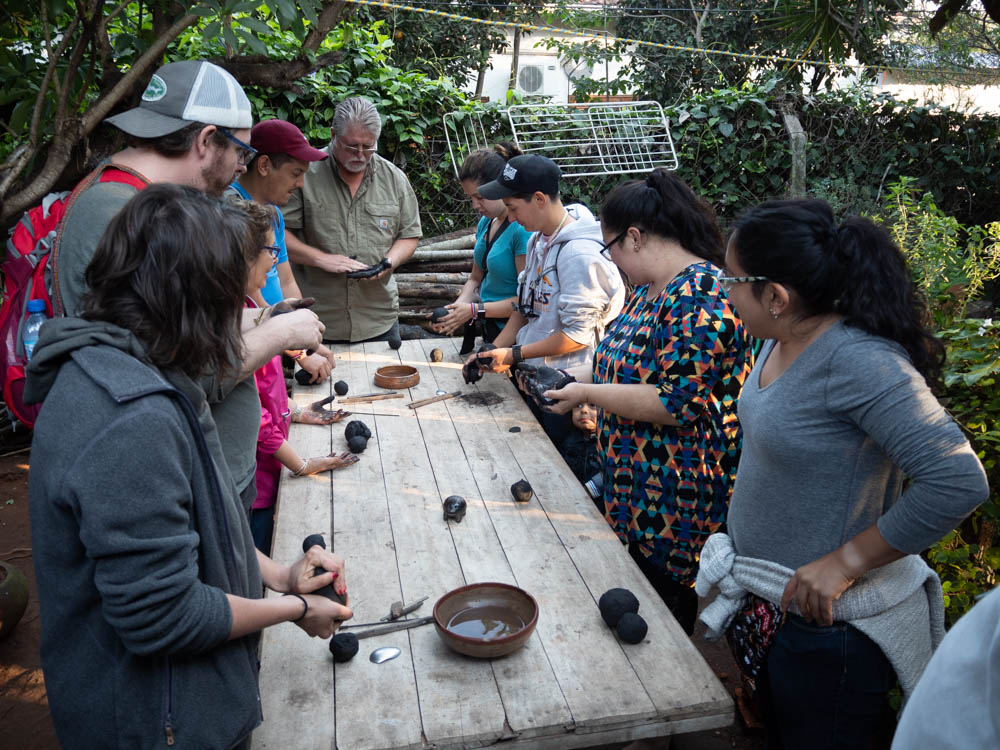
Getting started 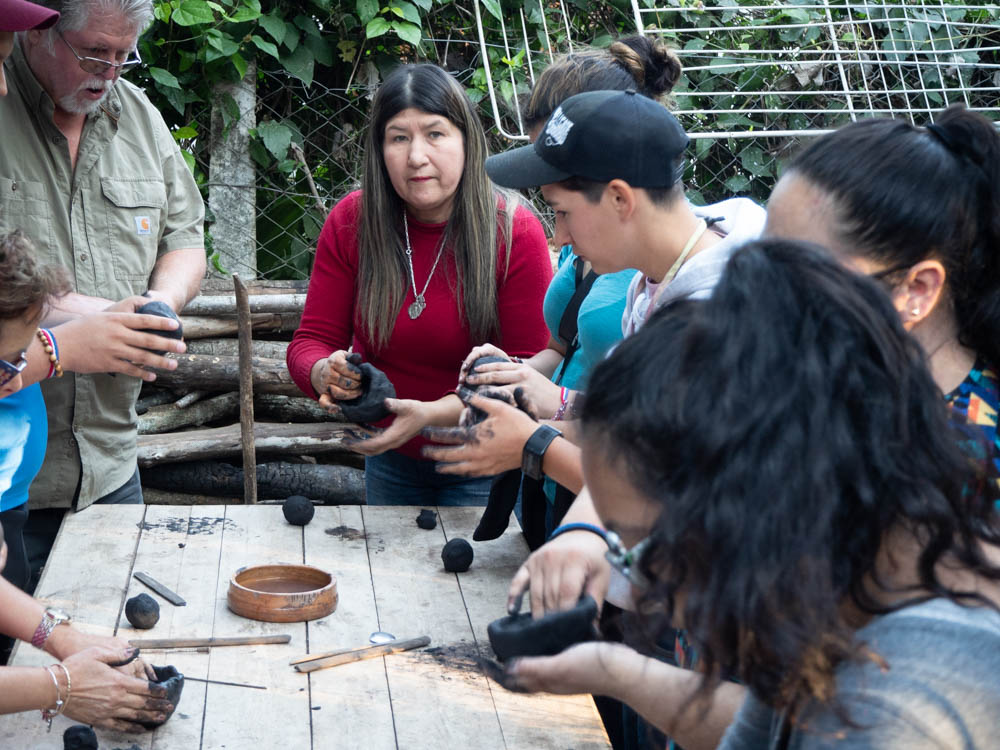
Help from Julia 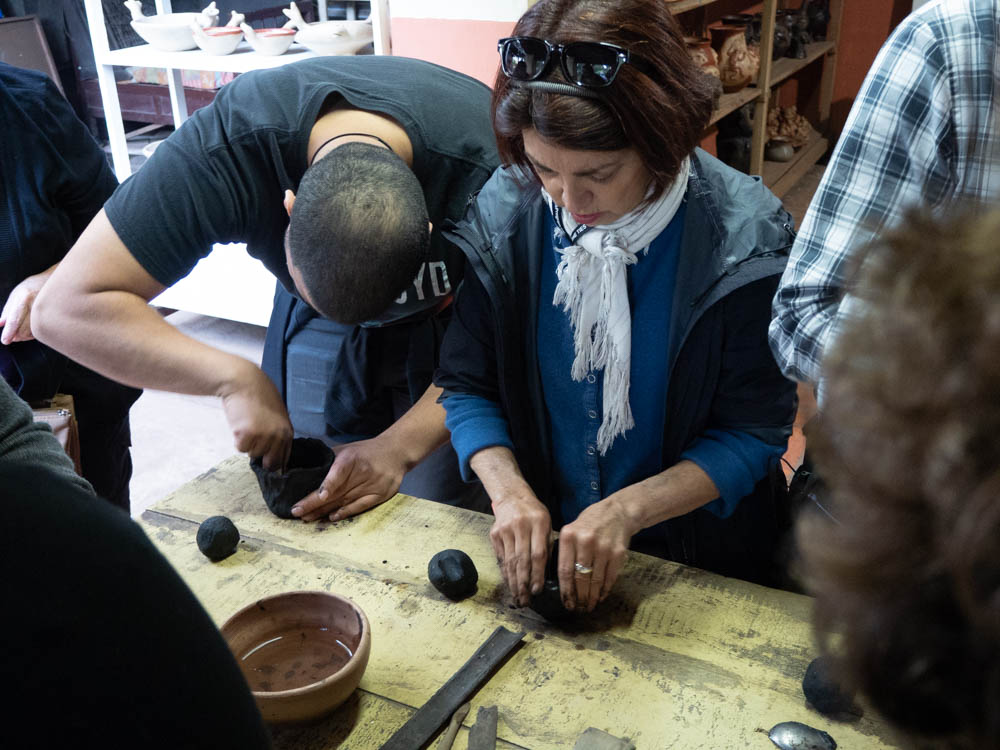
Working away 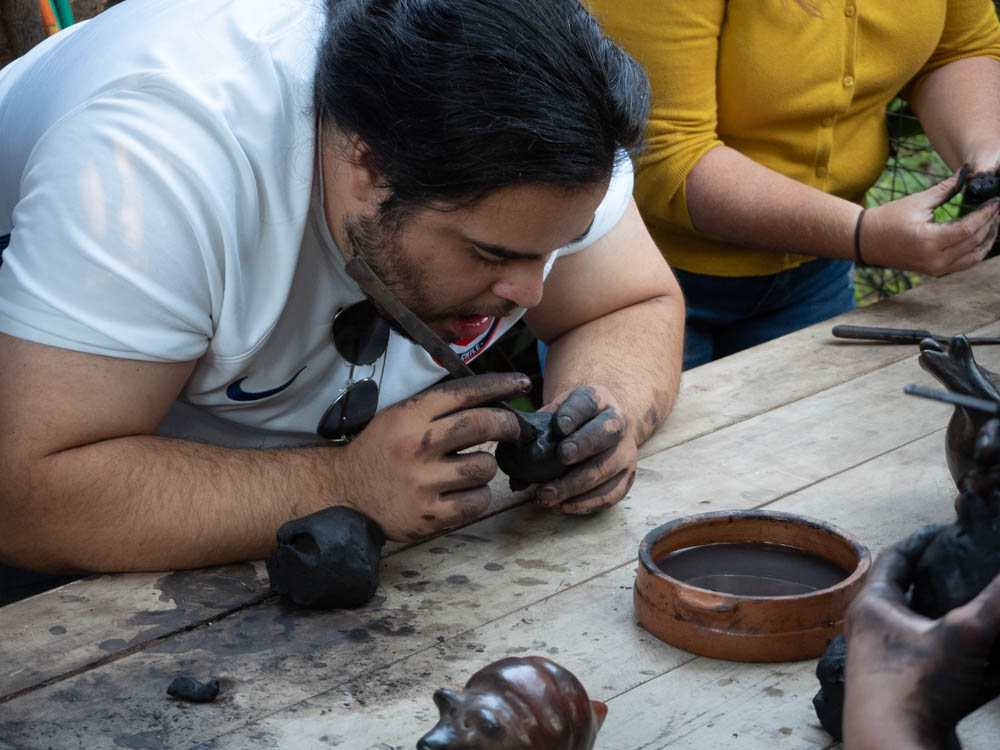
Getting serious 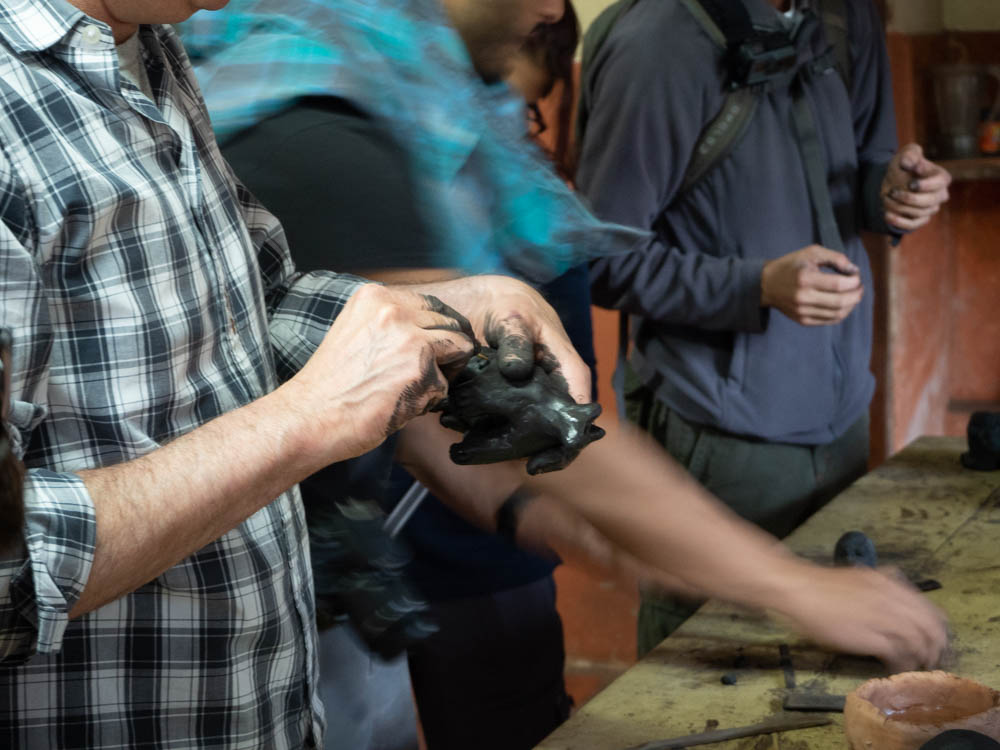
Wrapping up 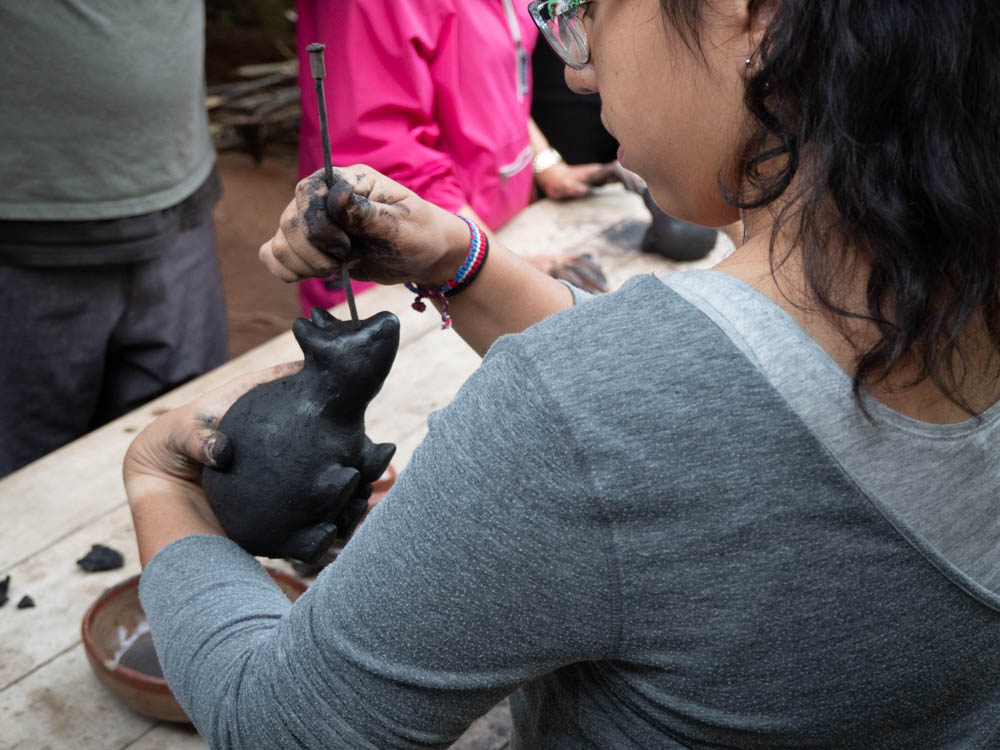
Almost done… 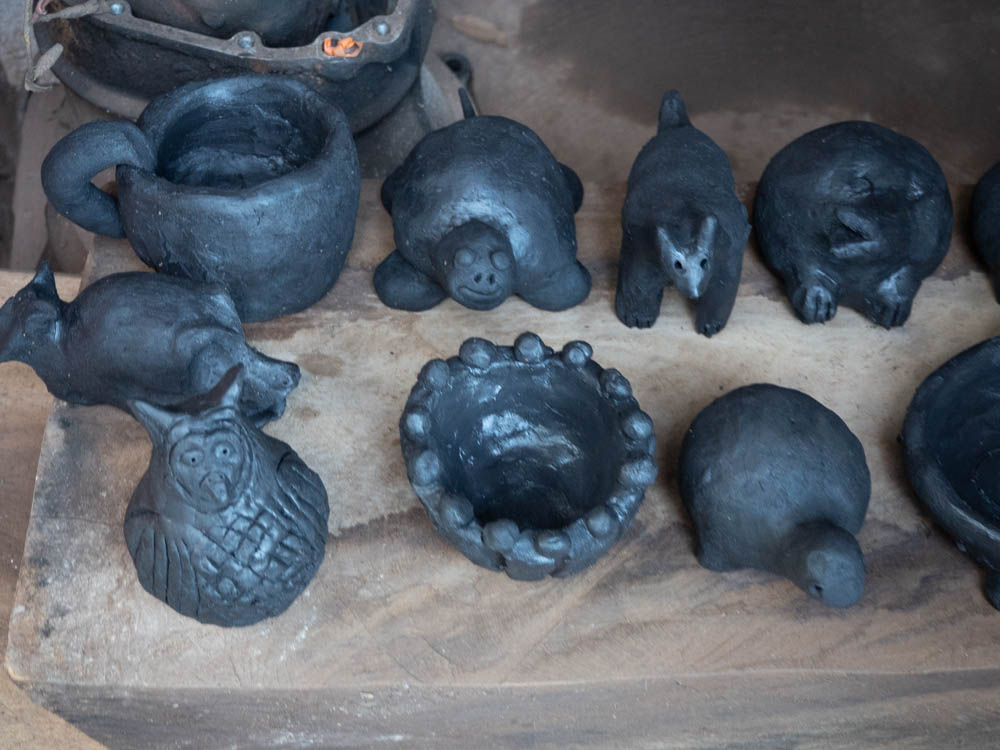
Masterpieces
Till next time…Will

